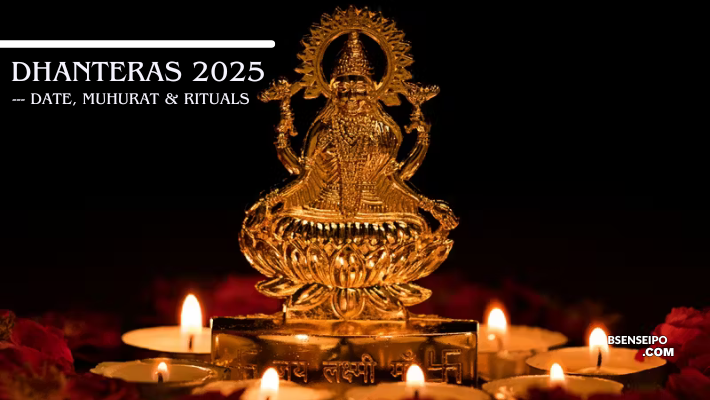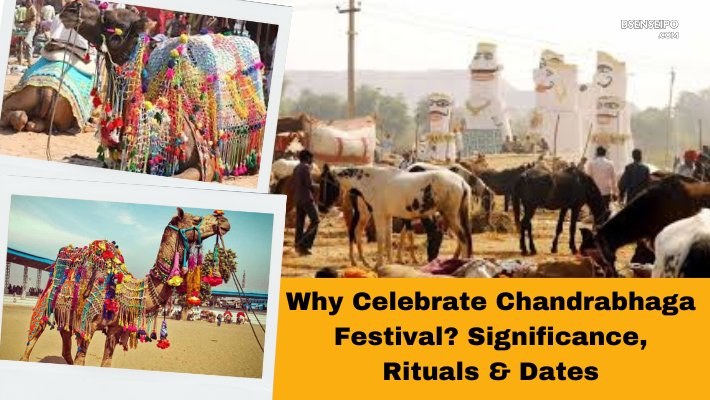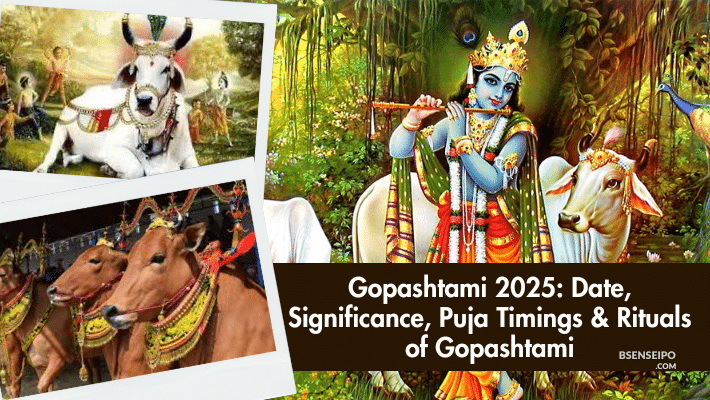Dhanteras 2025: Date, Muhurat & Rituals — The Complete Guide
Dhan Teras (also called Dhantrayodashi or Dhanteras) marks the beginning of the five-day Diwali festival in many parts of India. It is an auspicious day to worship Goddess Lakshmi, Lord Kuber, and Lord Dhanvantari, seeking wealth, prosperity, health, and protection. In 2025, Dhan Teras falls on October 18 according to panchang. Below is all you need to know — timings, rituals, significance, and customs.
Dhanteras Date & Tithi in 2025
- Date: Saturday, 18 October 2025
- Tithi (Trayodashi):
• Begins: 12:18 PM on October 18
• Ends: 1:51 PM on October 19
Because the Trayodashi tithi spans into the next day, the evening puja on October 18 is considered the appropriate time for performing Dhanteras rituals.
Read more… Karwa Chauth 2025 Date, Moonrise Time, Muhurat & Rituals
Dhanteras 2025 Puja Muhurat & Auspicious Timings
Here are some key auspicious timings (muhurats) for Dhan Teras 2025. These depend on regional panchangs, so consider local variation.
| Type | Time / Interval | Notes / Source |
|---|---|---|
| Lakshmi Puja Muhurat | ~ 7:16 PM to 8:20 PM | Standard muhurat cited in many sources |
| Pradosh Kaal | ~ 5:48 PM to 8:20 PM | Puja during Pradosh Kaal is considered beneficial |
| Vrishabha Kaal | ~ 7:16 PM to 9:11 PM | Another favourable time band for worship |
| Alternate / City-wise | E.g. Bengaluru: 7:39 PM to 8:25 PM | |
| Alternate muhurat windows reported | 6:55 PM to 8:25 PM etc. |
Note: Some sources also mention a slightly different muhurat (6:42 PM to 8:18 PM) for Lakshmi Puja.
Because Dhanteras is an evening festival, the evening muhurats matter far more than any “moonrise time” (which is not typically emphasized in Dhanteras rituals).
Dhanteras Rituals, Vidhi & Traditions
Preparations Before Evening
- Clean and decorate the house, especially puja area, doorstep, entrances.
- Draw Lakshmi footprints from door to altar (symbolic welcoming).
- Place fresh rangoli, flowers, lights, and decorative lamps.
- Buy precious metals (gold, silver, coins, new utensils) — this is considered auspicious on Dhanteras.
- Prepare offerings (fruits, sweets, incense, kumkum, rice, coins).
- Cleanse yourself (bath, clean clothes) before puja time.
Deity Invocation & Puja
- First invoke Lord Ganesha for auspicious beginnings — chanting Vakratunda Mahakaya etc.
- Worship Lord Kuber (treasurer of gods) with offerings, symbolizing prosperity.
- Worship Goddess Lakshmi (deity of wealth) — place her idol or image on a decorated platform, with coins, diya, rice, flowers.
- Often Lord Dhanvantari is also worshipped (since Dhanteras is considered Dhanvantari Jayanti in some traditions) — as bringer of health.
- Recite Lakshmi / Kuber mantras, hymns, aarti.
- Offer naivedya (food offering) – sweets, fruits, etc.
- Light diyas / lamps (often many) around the altar and home.
- Place Yama Deepam (lamp directed towards south / back of house) as gesture to Lord Yama (the god of death), seeking protection from untimely death.
3.3 Evening Ritual & Symbolic Acts
- Puja is ideally done during the muhurat window (7:16 PM–8:20 PM) or within Pradosh Kaal.
- After the worship and aarti, many households keep lamps burning late into the night.
- Some perform Yamadeep (placing a lamp outside gate, facing south) as protection against misfortunes.
- In many regions, the counting / opening of account books (for business) is postponed till after Lakshmi Puja.
- Often, people make new purchases (coins, utensils, gadgets) after the puja, believing that the transaction brings prosperity.
Dhanteras 2025 Post-Puja & Night Observances
- Let diyas remain lit into the night; people may sleep late or remain in vigil.
- Avoid using or discarding the items bought during Dhanteras on that same night — keep them respectfully.
- In some traditions, people refrain from giving away items on Dhanteras (giving items away is considered inauspicious).
- Worship / recite any further prayers or sing bhajans late into the evening.
Dhanteras Significance & Mythology
- The name Dhanteras comes from Dhan (wealth) + Teras (thirteenth) — the festival occurs on the 13th lunar day (Trayodashi) of Krishna Paksha.
- It is also associated with Lord Dhanvantari, the divine physician who emerged carrying the pot of Amrit (elixir) during the Samudra Manthan (churning of the ocean). Worshipping Dhanvantari is believed to bring health and cure ailments.
- In some legends, the story of King Hima’s son is cited: a serpent was supposed to kill him via snakebite, but because his wife laid out gold and kept many lamps lit, the serpent was blinded and the prince saved. This story underscores lighting, gold, and vigilance (Yama Deep) as protective acts.
- The lighting of Yama Deepam (lamp for Yama) is believed to please Yama and protect the household from premature death or misfortune.
- Buying metals on Dhanteras is considered auspicious — bringing prosperity and abundance.
- Because it’s the start of Diwali days, Dhanteras sets the tone for inviting Lakshmi’s blessings in the days ahead.
Important Notes & Regional Variations
- Moonrise time is not usually central to Dhanteras rituals, unlike festivals like Karwa Chauth — you may not find standard “moonrise time” for Dhanteras in many panchangs.
- City-wise muhurats vary — always check your local panchang or temple.
- In some places, the puja window may shift slightly (e.g. 6:55 PM to 8:25 PM) depending on local sunrise/sunset and calculations.
- Some communities give more emphasis to Dhanvantari Puja (especially doctors, health practitioners).
- Traditions of not giving away items on Dhanteras vary — some communities do, others don’t.
- The Yama Deep tradition is more emphasised in North & parts of West India.




